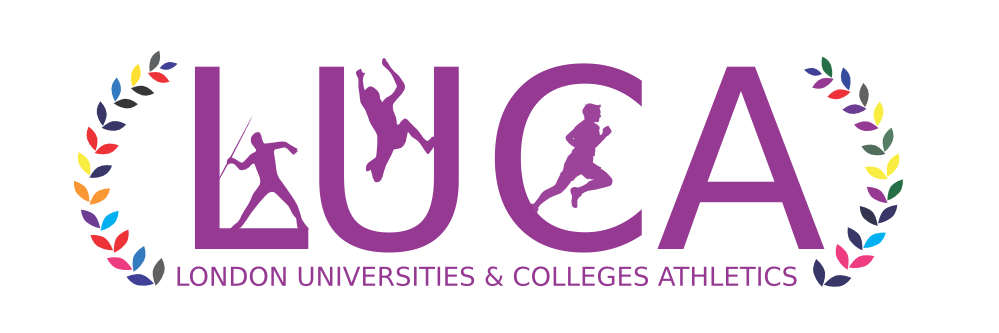
Whether you’re an experienced runner or just just starting out, the half marathon is a distance which requires some specific training. A race of 13.1 miles is a long way and your preparation in the weeks and months beforehand should reflect this. The physical toll that running a half marathon has on your body should not be underestimated. The last few miles can be gruelling and the race is often just a case of desperately trying to maintain your pace until the end after an optimistically quick start.
When training for a half, think about increasing your weekly mileage. Even if you’re just adding on steady miles, this will give you more time on your feet and get you used to running long distances regularly. If you’re new to running it’s important to build up your mileage slowly. Running day in, day out can be mentally taxing and it is all too easy to set unrealistic goals and become fatigued soon after. I suggest tagging on an extra mile or two onto your easy runs at first and within a short time you will find yourself increasing your distances with relative ease. After doing this, lengthening your quicker runs shouldn’t be too difficult.
As the half marathon is significantly longer than most cross country and shorter track or road races, it is important that your tougher sessions reflect this. Progressions runs, where you start at a steady pace and gradually get faster each mile or so, are popular with experienced long distance runners. You should end up hitting your half marathon pace or even quicker in these sessions and they help simulate running fast after having racked up a few miles already.
Incorporating tempo sessions at race pace is also highly recommended. These can include something like 3 x 2 miles or 2 x 3 miles, run with a slow mile as rest between each fast leg to increase mileage and simulate the race. Mile reps or shorter track sessions are also important as these will get you running faster than race pace. Running quickly with lactic acid in your legs is something you will likely experience at the end of a half marathon, so it is good to occasionally feel the pain of this beforehand!

Having one long run each week should be part of the training plan for anyone training for a half marathon, no matter how experienced they are. For someone who is new to the sport I would suggest trying to run for at least an hour first and then build up to ten or eleven miles. It is reasonable for more experienced runners to end up running thirteen miles or more each week leading up to the race. These long runs should on the whole be fairly slow. I would also recommend doing some longer tempo runs of about six to nine miles which, when including a lengthy warm up and warm down, could add up to around the half marathon distance.
Consistency is key when it comes to training, but it is important that you let yourself recover from these tough sessions. Overtraining can lead to injury and getting burnt out, so you must listen to your body and occasionally settle to just run a few easy miles instead of completing the workout you had planned. Best of luck with your training!





